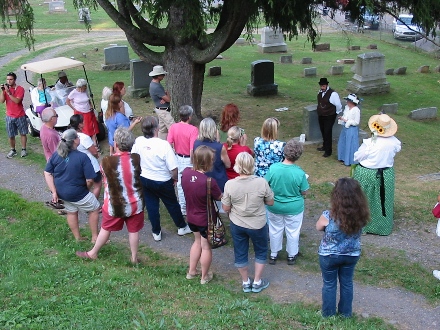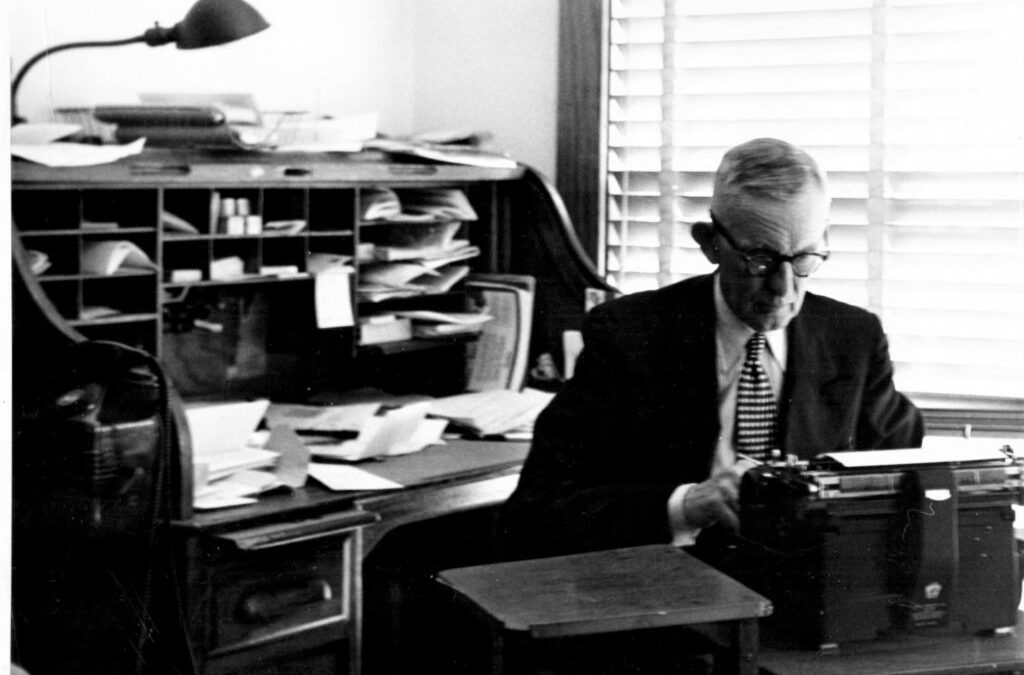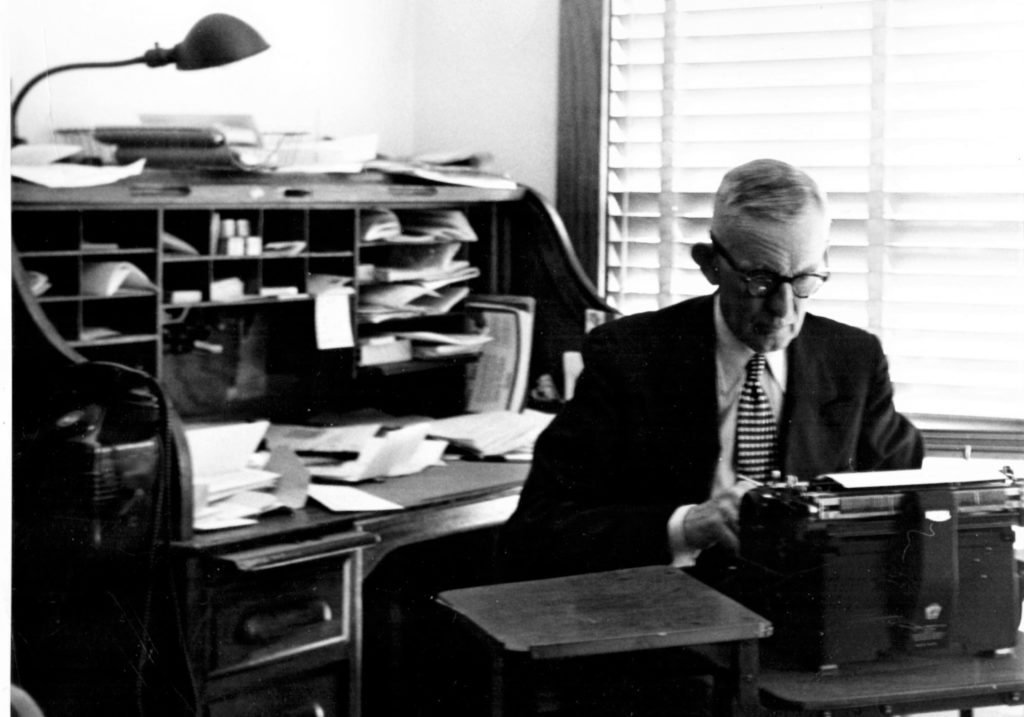
Historical Society names Cemetery Tour cast
March 21, 2022
MARGARETVILLE – The Historical Society of the Town of Middletown (HSM) has announced cast members for its 9th Living History Cemetery Tour to be held Saturday, June 18 at Margaretville Cemetery.
In addition to the walking tour, offered from 4 to 6 p.m., there will be a special early bird performance at 2 p.m. on stage at the Open Eye Theater to accommodate those whose mobility issues may prevent their enjoyment of the on-site event.
This year’s tour will feature portrayals of eight people from Middletown’s past. Tour goers led by costumed guides will meet these spirits and learn about their lives while strolling through the scenic cemetery with its handsome grounds and beautiful views across the East Branch valley.
HSM welcomes four actors new to the tour:
David Dancyger and Steve McQuide will portray James Knox Polk (JKP) Jackson and Clarke Sanford, publisher/editors of the Margaretville Utilitarian and the Catskill Mountain News as they compare notes on memorable local events of the late 19th and early 20th centuries. McQuide is a grandson of Publisher Sanford.
Holly O’Connor will portray her great-grandmother, Etta Mann Easman Welch, valedictorian of the first graduating class of Margaretville High School in 1896, who first married a hotel keeper, then the superintendent of the Delaware & Northern Railroad. And Rod Sequillo will bring to life Italian immigrant Pasco Dilello, storekeeper, baker and labor recruiter for area industries and building projects.

John Bernhardt, who has appeared in each cemetery tour since the first one in 2012, will become barber Reed Delameter this year. Another veteran tour actor, Agnes Laub, will portray Thankful Grant, an early emigrant from New England whose family arrived in the Dunraven area in 1796.
Ward Stevenson will return as game warden Joe DeSilva, and Darlene DeMaille will tell the tragic family story of suffragist Anna Evans Swayze.
Yet to be named are at-large players who will appear in silent vignettes throughout the cemetery.
Directors of this year’s production are Marge Hellenchild and Michelle Macau. Scriptwriters include Diane Galusha, Terry Bradshaw, Holly O’Connor, Erwin Karl, John Jacobson, Sue DeBruin, Mary Barile and Ann Hersh.



